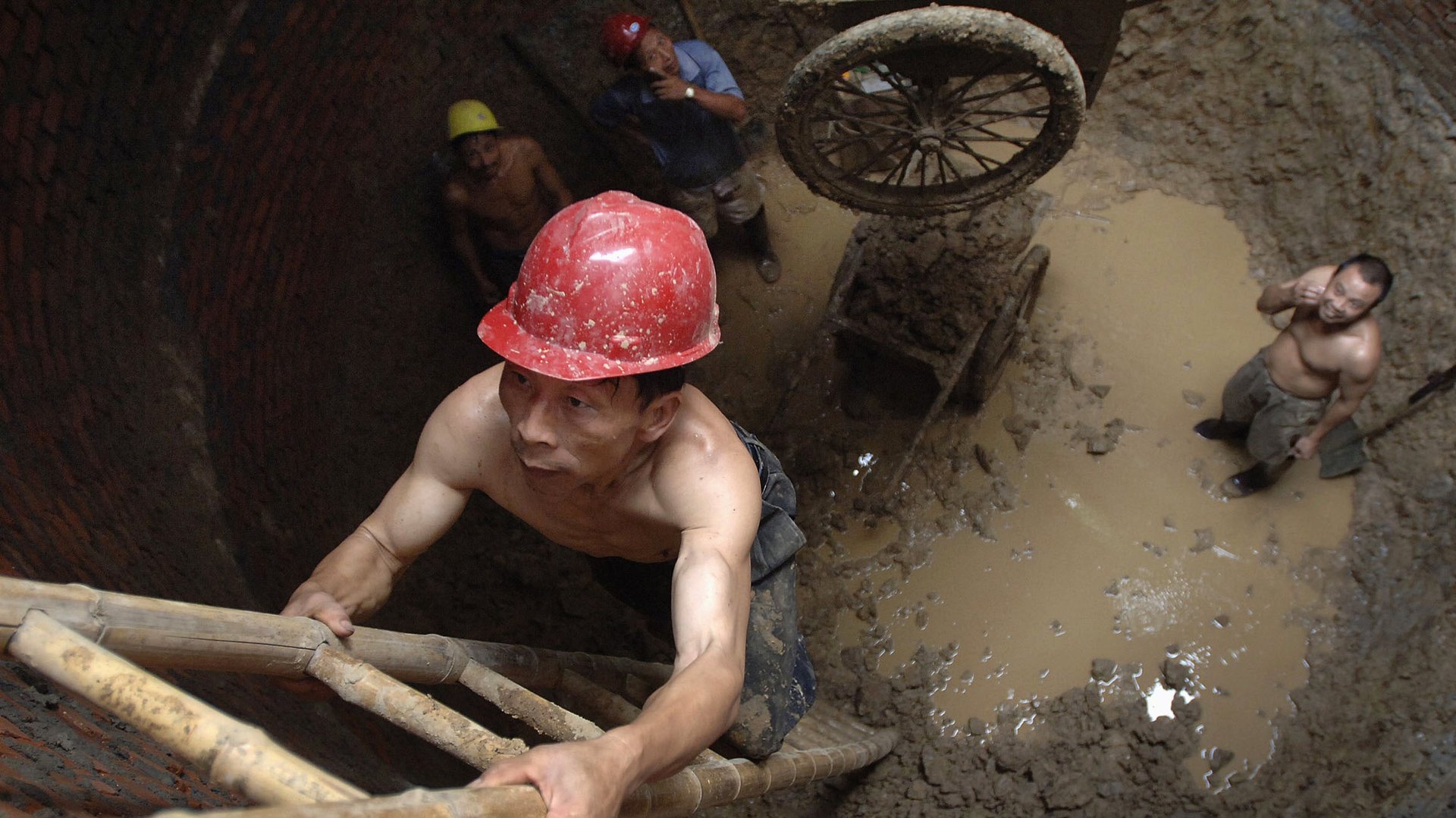Chinese sewage is feeding superbugs that no antibiotic can kill
Antibiotics have saved hundreds of millions of lives and extended billions of others. But paradoxically, the more they are used the more the bacteria they fight get stronger, with potentially lethal consequences.


Antibiotics have saved hundreds of millions of lives and extended billions of others. But paradoxically, the more they are used the more the bacteria they fight get stronger, with potentially lethal consequences.
While some “superbugs,” as antibiotic-resistant bacteria are known, can be killed with specialized antibiotics, the fear is that others cannot. Case in point: New Delhi Metallo 1 (NDM-1). A gene discovered in India in 2010, NDM-1 causes common bacteria like e. coli and salmonella to grow impervious to antibiotics.
Just-published research shows that sewage treatment plants in northern China are unable to kill NDM-1-spiked bacteria and are also making them stronger.
“We often think about sewage treatment plants as a way to protect us, to get rid of all of these disease-causing constituents in wastewater,” Rice University’s Pedro Alvarez, one of the study’s authors, says. “But it turns out these microbes are… eating sewage, so they proliferate. In one wastewater treatment plant, we had four to five of these superbugs coming out for every one that came in.”
Sewage treatment plants are also helping them spread. Effluent containing those superbugs is then being released into the environment. The study found even higher concentrations in sludge used for fertilizer.
Here’s why that’s so scary. Previous research has shown that bacteria containing the NDM-1 gene were largely ineffective at transferring the gene to other bacteria. However, Alvarez and his colleagues found that bacteria carrying these genes can spread the gene to otherwise benign bacteria—meaning the gene can spread antibiotic resistance outside of sewage treatment plants.
“It’s scary. There’s no antibiotic that can kill them,” says Alvarez. “We only realized they exist just a little while ago when a Swedish man got infected in India, in New Delhi. Now, people are beginning to realize that more and more tourists trying to go to the upper waters of the Ganges River are getting these infections that cannot be treated.”
There have so far been several documented cases of NDM-1-caused death, including one in Guangdong province, in southern China, earlier this year.
This research underscores the need for governments and hospitals to curb the overuse of antibiotics consumption among humans and in the treatment of farm animals. Progress so far has been excruciatingly slow. Despite signs that China’s health ministry is cracking down on antibiotic overuse, veterinary overuse abounds. Meanwhile in India, where one scientist estimates that 200 million people carry NDM-1 in their intestines, the government has banned over-the-counter antibiotics sales as of next March.